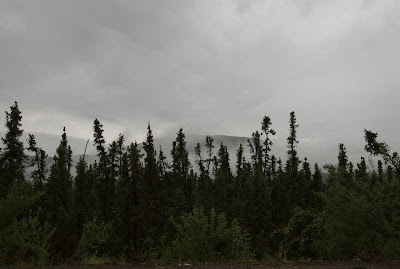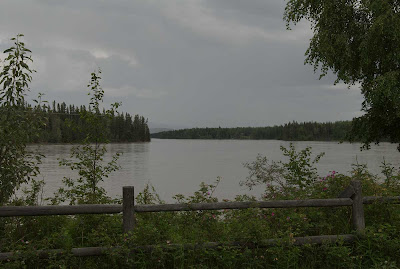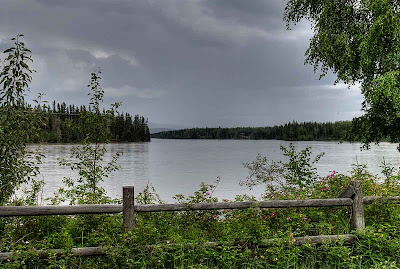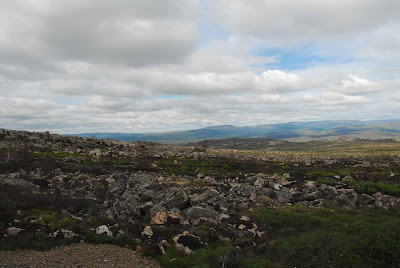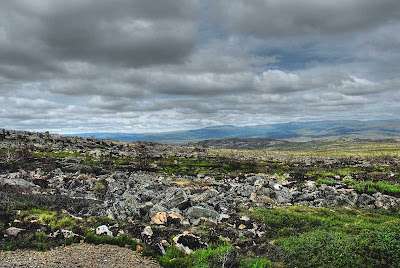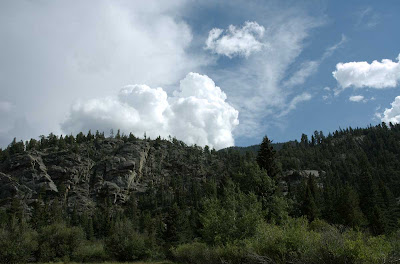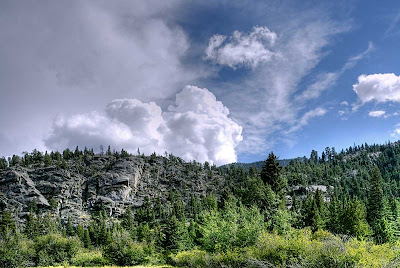Beautiful Summer Day over Cook's Inlet
 Anchorage, Alaska, USA
Anchorage, Alaska, USA(Click the photo for a full page view)
The famous Turnagain Arm of Cook Inlet is to the left in the photo.
Turnagain Arm is one of only about 60 bodies of water worldwide to exhibit a tidal bore. The bore may be more than six feet high and travel at 15 miles per hour on high spring tides. Turnagain Arm sees the largest tidal range in United States, with a mean of 30 feet (9.2 m), and the fourth highest in the world, behind Bay of Fundy (11.7m), Ungava Bay (9.75m), and Bristol Channel (9.6m). The ocean's natural 12-hour 25-minute tidal cycle is close to Turnagain Arm's natural resonance frequency, which then reinforces the tide similar to water sloshing in a bathtub. Tidal fluctuations in the main body of Cook Inlet, while not as extreme as the shallow and narrow Turnagain Arm, regularly reach 25 feet (7.6 m) and exhibit currents in excess of 5 knots (9.3 km/h) at full tidal flow. The inlet and its arms have been proposed as a potentially attractive site for the generation of tidal power.
We traveled back and forth along the arm over a dozen times and watched the tidal bore. sometimes the surfers come out and ride the one-time wave as it advances.
We traveled back and forth along the arm over a dozen times and watched the tidal bore. sometimes the surfers come out and ride the one-time wave as it advances.
If you like great 'wide-open spaces' Skies,
Scroll down one post to see some great sky photos from Big Bend National Park.
It will be worth your time.
Scroll down one post to see some great sky photos from Big Bend National Park.
It will be worth your time.
Leave us a comment here and there.
For other SWF posts,
see Tom's SkyWatch site here.

Troy and Martha
.
.











